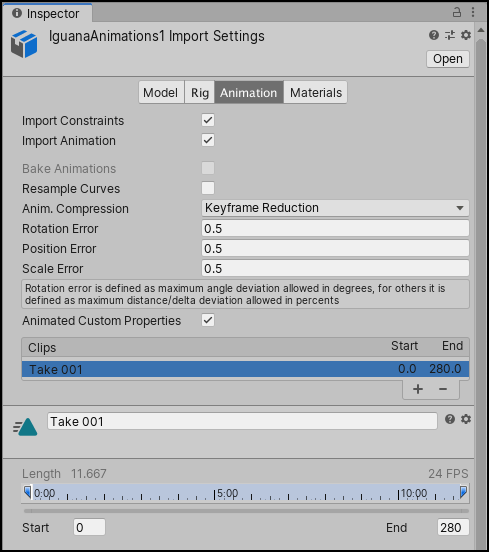



Compare these two different ways to extract one frame per minute from a video 38m07s long: time ffmpeg -i input.mp4 -filter:v fps=fps=1/60 ffmpeg_%0d.bmp 1m36.029s. ffmpeg extract frames fpsĬame across this question, so here's a quick comparison. ffmpeg -ss 50 -i in.avi -vf thumbnail=300 -vsync 0 thumbs%d.png This will pick one representative frame from each batch of 300 consecutive frames. So, frames from the middle of fades should be out. It can't detect "interesting" frames but it detects representative frames. So, at best, there's a thumbnail filter for this, sort of. Don't forget to replace the WxH with the actual dimensions of your clip because the raw bitstream doesn't have a header that carries this information. To have ffmpeg not duplicate frames, you have to force half of the framerate of your input - so you set "2" as the input and "1" to the output. Now, while it's all well and good to know when we're supposed to show a particular video frame, but how do we actually do so? Here's the idea: after we show a frame, we figure out when the next frame should be shown. ffmpeg extract frames with timestampįortunately, FFMpeg supplies us with a "best effort" timestamp, which you can get via, av_frame_get_best_effort_timestamp() Synching. Niklesh did work to add support on both the encode and decode side for text formatting capabilities, such as font size/colour and effects like bold/italics, highlighting, etc. Here are 5 ways to get a range or selection of frames from video files and save them to image files.įfmpeg already had basic support for these subtitles which ignored all formatting information - it just provided basic plain-text support. If you wish to extract a number of frames or even all of them from a video clip, it is not easy to do without automation. TV or movie video files are made up of thousands of separate images called frames. There are four extraction methods to choose from, extract an image every number of frames, extract an image every number of seconds, take a total number of frames from the video or extract every single frame. The program itself will save frames from a video file to a sequence of JPG images. At the end of extraction, there will be 771 images.ġ. Now, we will extract a frame as an image for each second of this video file using our python script that uses FFMPEG tool. Note that -accurate_seek is the default, and make sure you add -ss before the input video -i option. We use fast seeking to go to the desired time index and extract a frame, then call ffmpeg several times for every time index. ffmpeg -i input.flv -vf fps=1 out%d.png Output one image every minute, named img001.jpg, img002.jpg, img003.jpg, etc. Output one image every second, named out1.png, out2.png, out3.png, etc. This example will seek to the position of 0h:0m:14sec:435msec and output one frame (-vframes 1) from that position into a PNG file.


 0 kommentar(er)
0 kommentar(er)
